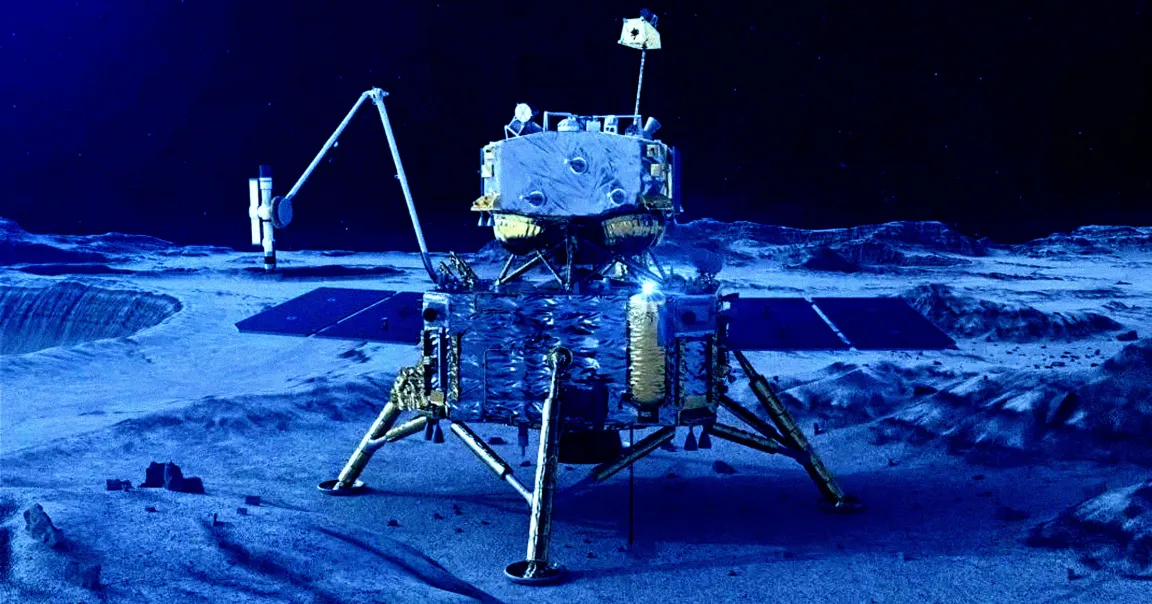
It’s the first time CI chondrite was observer on the Moon, suggesting that volatile-rich asteroids — which are very porous, with hydrated minerals making up to 20 percent of their mass — can make it all the way to the lunar surface.
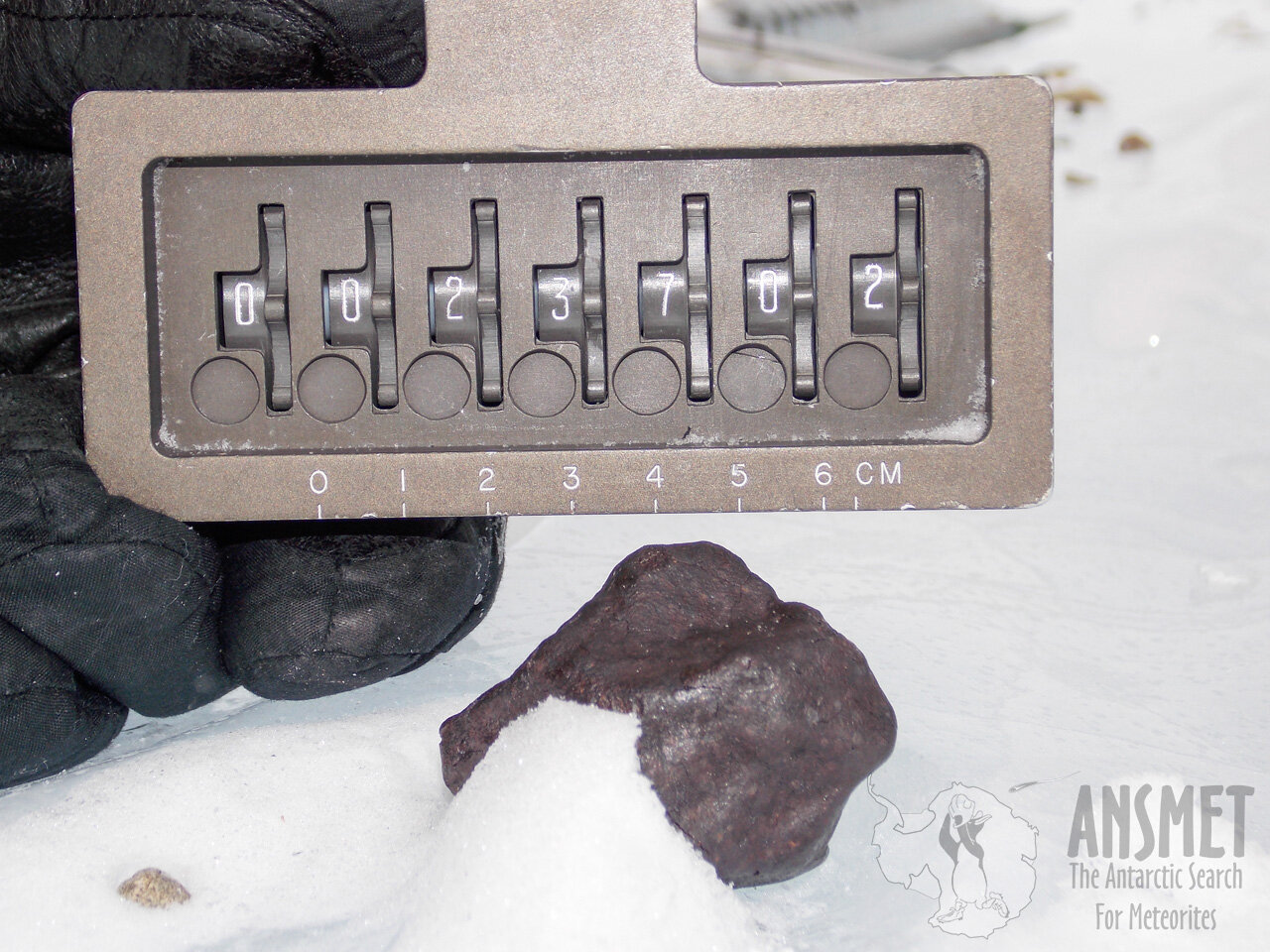
Using a rare type of meteorite, enstatite chondrite, which has a composition analogous to that of the early Earth - researchers have found a source of hydrogen which would have been critical for the formation of water molecules.

Researchers say the 3.47-billion-year-old meteorite impact crater could help explain how life on Earth began.
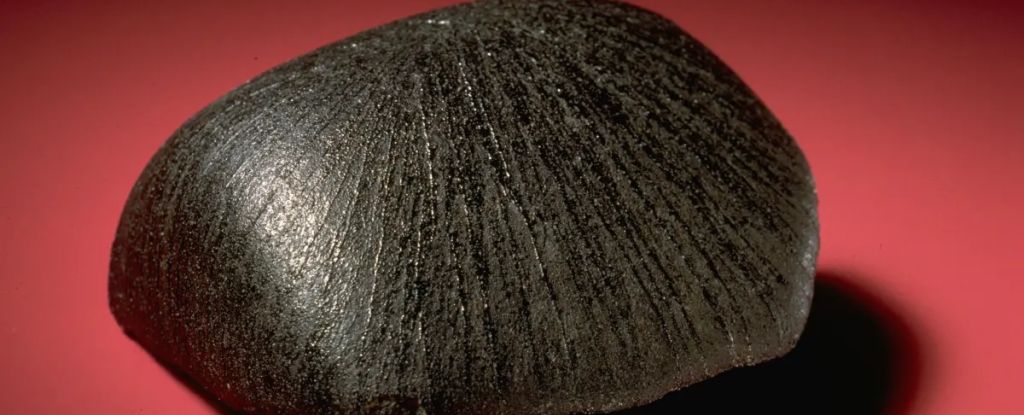
According to a new analysis of the Lafayette Meteorite, minerals within it formed in the presence of water 742 million years ago. It's a real breakthrough in the dating of aqueous minerals on Mars.

Some 3.26 billion years ago a giant rock between 50 and 200 times the size of the Chicxulub dino-killer smacked into our planet. The result of this impact may have churned up nutrients that gave a select few early microbes a boost.
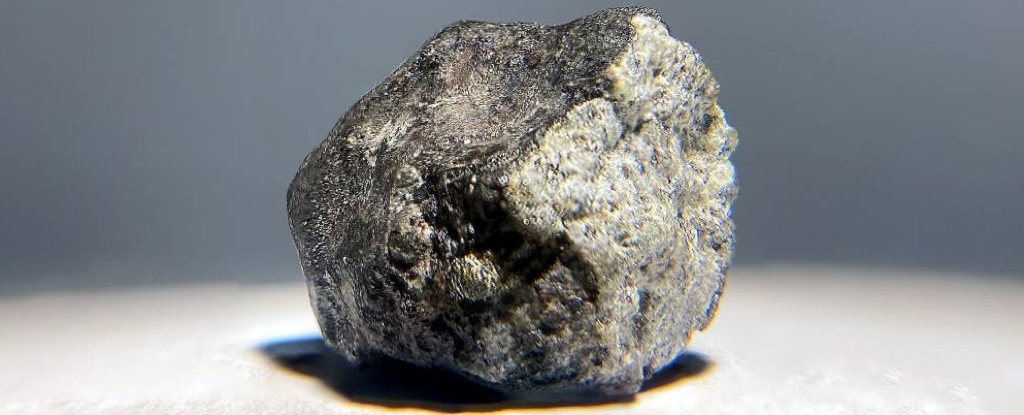
A set of new studies has just given us compelling origin stories for more than 90 percent of meteorites today.
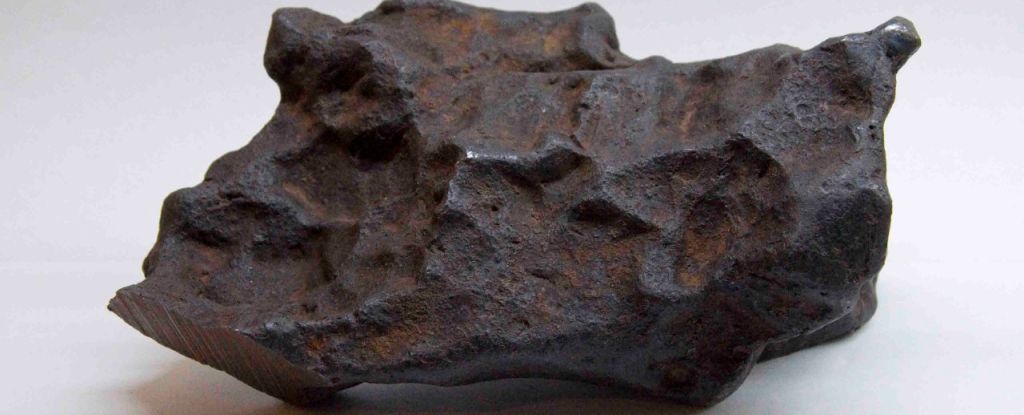
The shape of the Solar System was once a little more on the doughy side. Before it arranged itself into a flattened disk, the distribution of dust and rocks had more in common with a donut than a pancake.
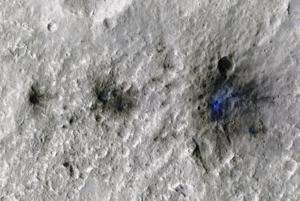
An international team of researchers combine orbital imagery with seismological data from NASA’s Mars InSight lander to derive a new impact rate for meteorite strikes on Mars.

A lot as changed in the 4.5 billion or so years since the Solar System first came together from a disk-shaped cloud of swirling dust and gas.
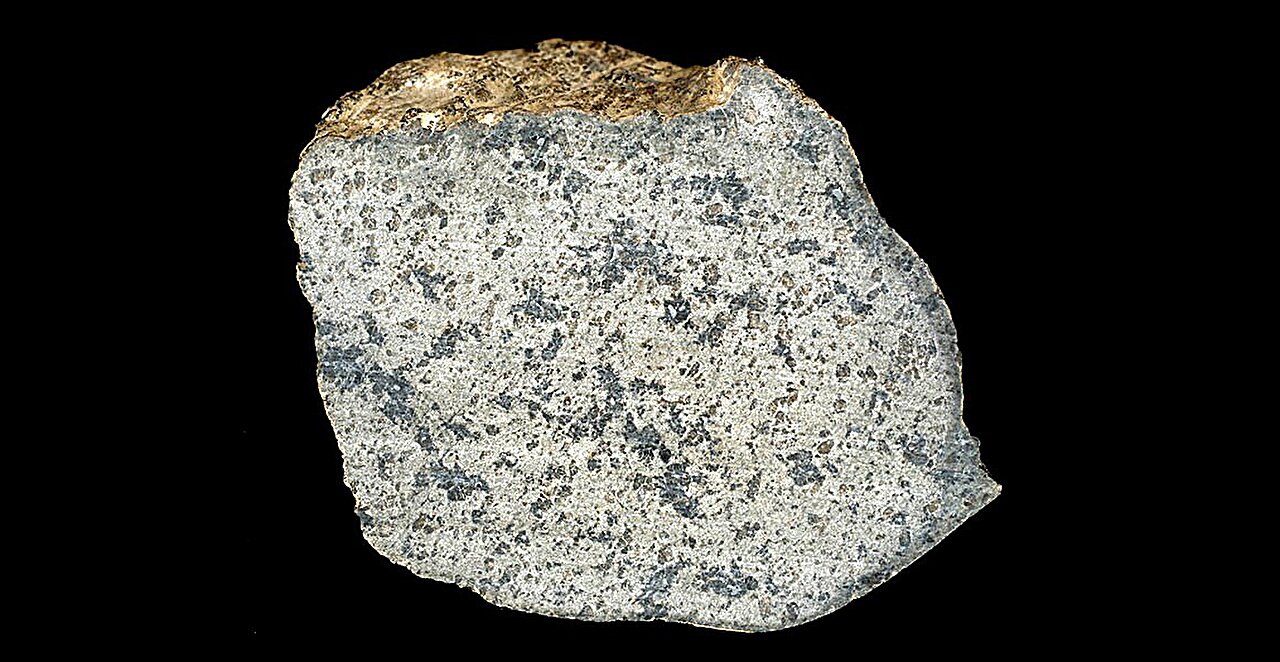
Mars has a distinct structure in its mantle and crust with discernible reservoirs, and this is known thanks to meteorites that scientists have analyzed.
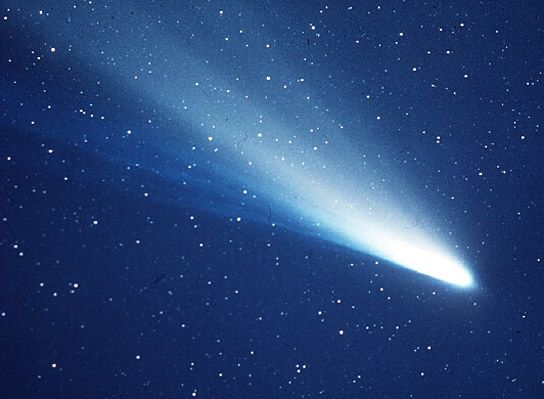
A new study aimed at answering the latter question finds that some building blocks didn’t need to have formed on Earth, but could have arrived from space.

For every tenth of a degree of increase in global air temperature, an average of nearly 9,000 meteorites disappear from the surface of the ice sheet.

A grain of dust recovered from an ancient meteorite that plonked itself down in Antarctica appears to be from a rather unusual place in space and time.

Early analysis of the fragments has shown something equally rare. The meteorite is an aubrite, a class with unknown origins that some scientists argue may be pieces of the planet Mercury.
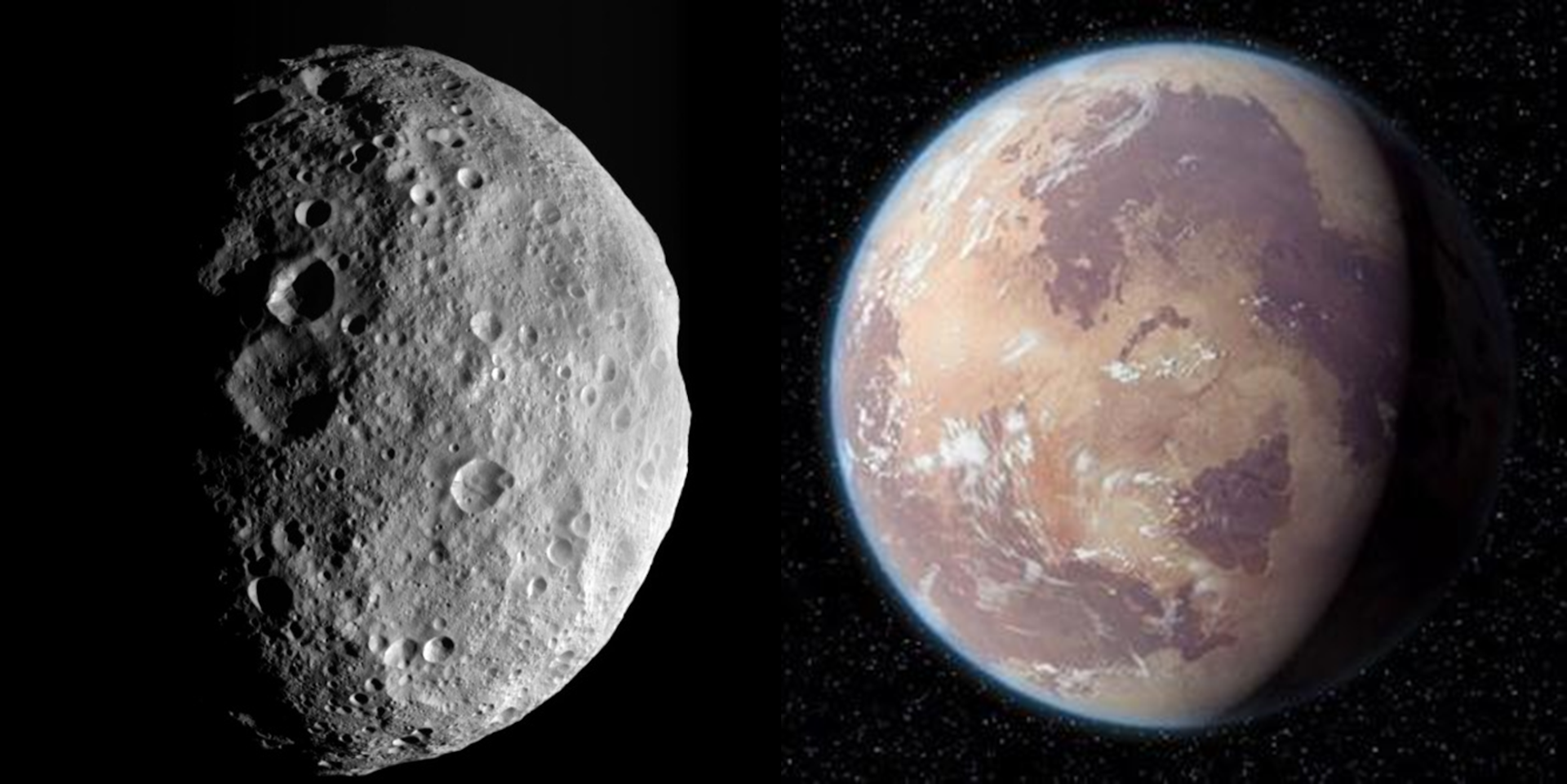
The presence of veins in Tatahouine meteorite suggest the sample has experienced pressures of up to 25 gigapascals (GPa) of pressure. The pressure at the bottom of the Mariana Trench, the deepest part of our ocean, is only 0.1 GPa.